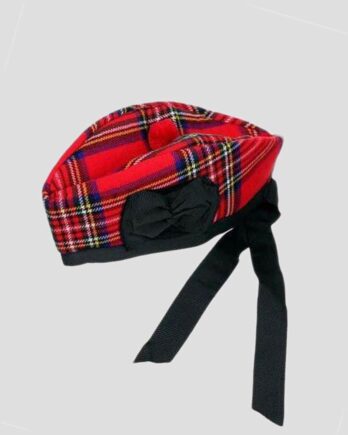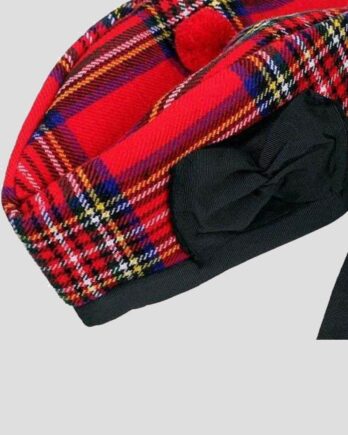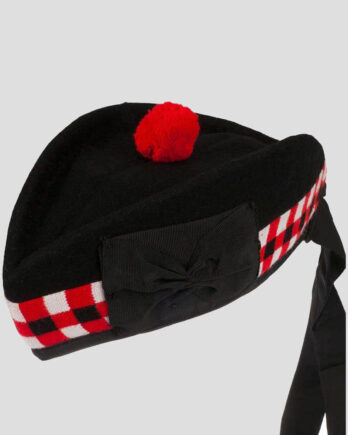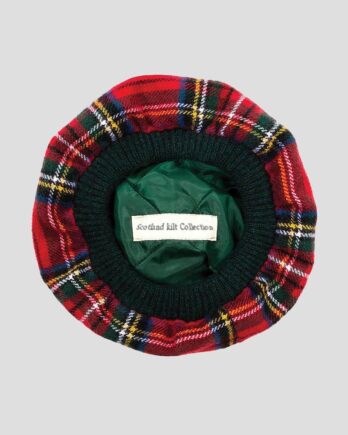Scottish Hats & Caps
Step into the rich heritage of Scottish culture with our exquisite collection of traditional headwear. Our Glengarry and Balmoral hats, caps, and bonnets are meticulously crafted to capture the essence of Scottish tradition and style. Made from high-quality materials like wool or silk, these headpieces offer both elegance and durability.
Whether you’re attending a formal event or simply want to add a touch of Scottish flair to your outfit, our headwear is perfect for any occasion. The intricate designs and vibrant tartan patterns evoke a sense of timeless sophistication, making them an essential accessory for anyone looking to embrace their Scottish roots. Additionally, the snug fit ensures comfort while providing protection from the elements, adding practicality to their undeniable charm.
With our range of styles and colors, there’s something for everyone in our collection. From classic navy blue Glengarry hats to elegant white Balmoral bonnets adorned with plumes, we offer a diverse array of options that cater to various tastes and preferences. Whether you’re proudly displaying your heritage or simply appreciating the aesthetic appeal of these iconic pieces, our Scottish headwear is sure to make a statement wherever you go.
-
- Sale!
Glengarry Hat Green
- Original price was: $79.$59Current price is: $59.
-
- Sale!
Glengarry Hat Plain Black
- Original price was: $79.$59Current price is: $59.
-
- Sale!
Royal Stewart Glengarry Hat
- Original price was: $79.$59Current price is: $59.
-
- Sale!
Scottish Glengarry Hat
- Original price was: $79.$59Current price is: $59.
-
- Sale!
Scottish Hat Glengarry
- Original price was: $79.$59Current price is: $59.
-
- Sale!
Sports Kilt Cap
- Original price was: $89.$59Current price is: $59.
-
- Sale!
Tam O Shanter Tartan Hat
- Original price was: $79.$59Current price is: $59.











